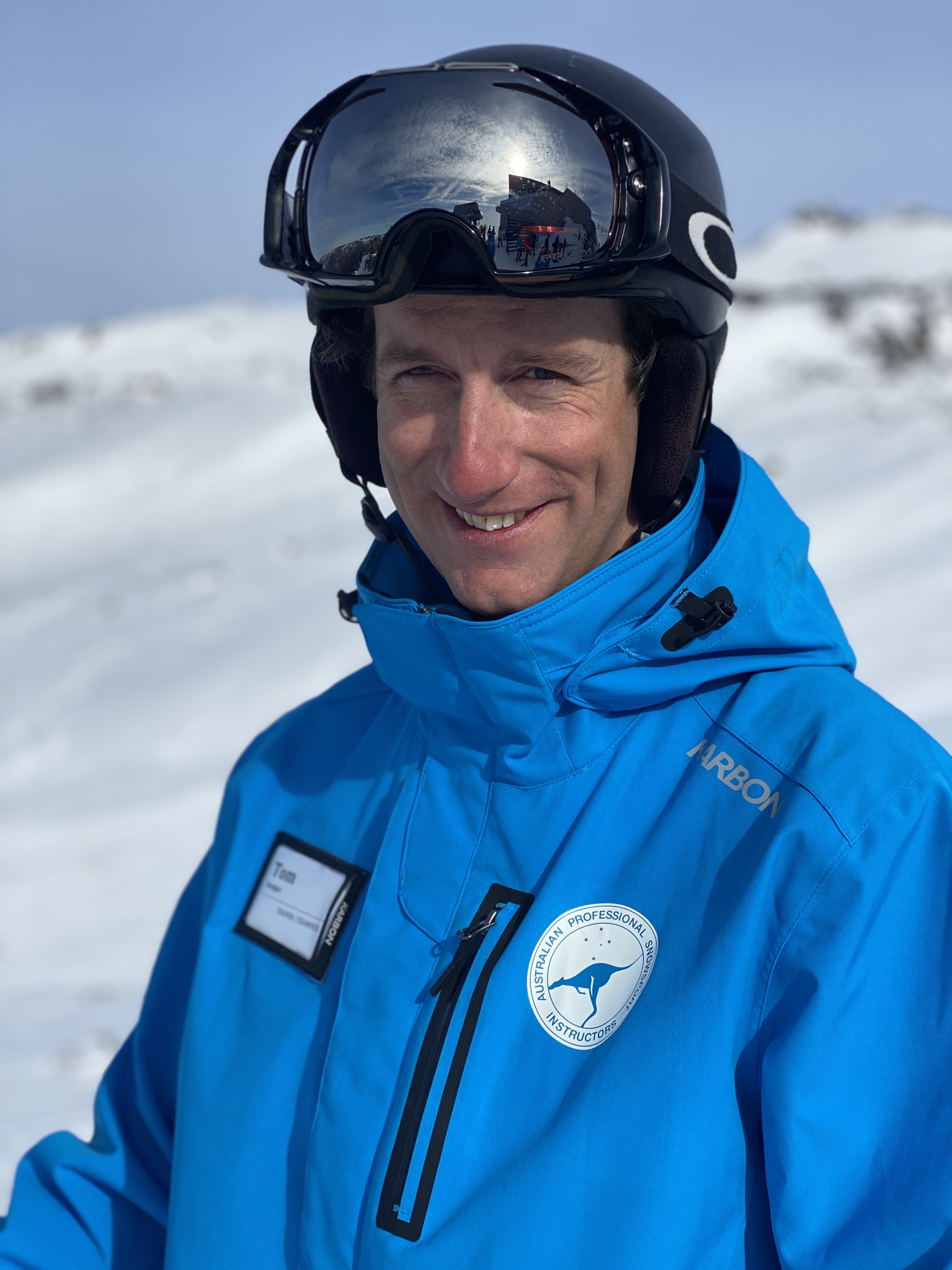 |
CANADA Technical Concepts |
By Tom Langtry
Overview
The CSIA believes that how you think is more important than what you know, and that function proceeds form in achieving objectives.
They use a skills-based approach for their technical framework to observe, assess, develop, and understand skiing.
It is a ‘first principles’ approach that focusses on the skis, and how physics dictates the outcome of the interaction between the skis and the snow.
Canada’s 3 skills are rotational, edge and pressure control. How these moves are performed, and therefore how the snow pushes on the skis, affects the ability to achieve the desired outcome.
Videos
Workshop
The on-snow workshop I attended was run by Casey Bouius who has been with the CSIA a long time and been to numerous Interski congresses on their National Team.
The day was super cold and windy, but he kept things moving and the group involved and interacting with each other.
First run he got us to ski individually, doing a basic steered medium turn, and then ramp it up to more carving. At the bottom he asked us about what the skis were doing to achieve those different outcomes or performances, focusing on the ski to snow interaction.
He then presented the CSIA’s Skills Framework, which they represent in a diamond diagram. It is utilized to systematically develop the skier’s technique:

1. Decision Making
What do you want to happen?
2. Ski Actions
What do the skis need to do to accomplish it?
(Rotational, edge and pressure control)
3. Skier Movements
How do you need to move to make the skis do it?
Then we paired up and did synchro short turns. The person at the back copying the front, watching the ski interaction on the snow, and identifying what was different to our own skiing. Then more synchro, trying to identify what movements they make to achieve the skis’ performance on the snow. We shared our feedback with our partner, and then swapped around who was at the front and did the same.
I was paired up with a lady from the Denmark team who ripped. After following each other, the main difference in our short turns we decided was her pressure point seemed to be shorter and more aggressive, where mine tended to be smoother.
Casey said they tried to keep things simple in identifying differences in the skis’ interaction on the snow. Did the skis travel faster or slower, at the top of the turn or lower part.
An example he gave was:
If you saw a moment of acceleration (ski to snow interaction), the skis were probably tipped up onto more edge (ski actions), so what body mechanics caused the skis to go more onto edge?
Finally, we skied through a run with both flat and steep pitches, where he talked about how we may need to change our goal (decision making) to suit the terrain and our abilities. E.g., on the flatter section we pure-carved short turns, but then on the steep section we added some twisting.
My Take
The CSIA has a well thought out system. I like that it is focused on the interaction of the skis on the snow, and how to achieve the desired outcome. I have been in a small group doing a review of APSI’s technical approach over the past year, and the CSIA’s model encompasses a lot of the key points we’ve been talking about.